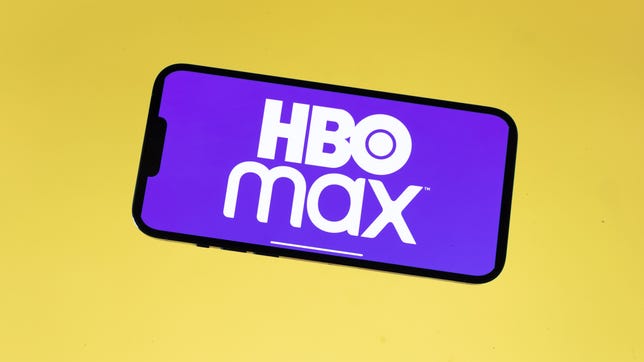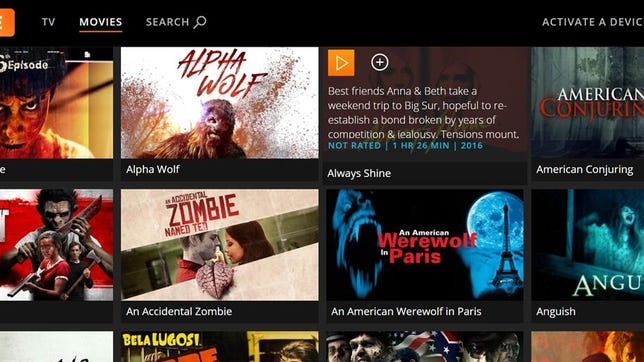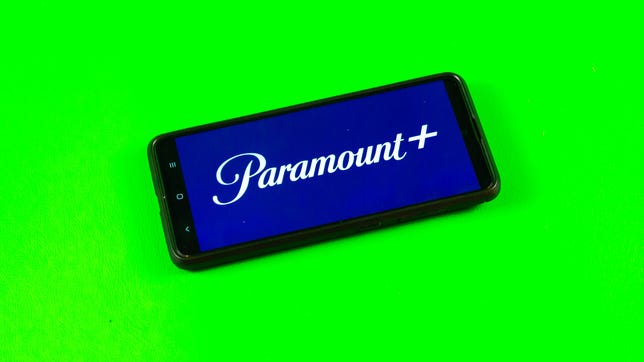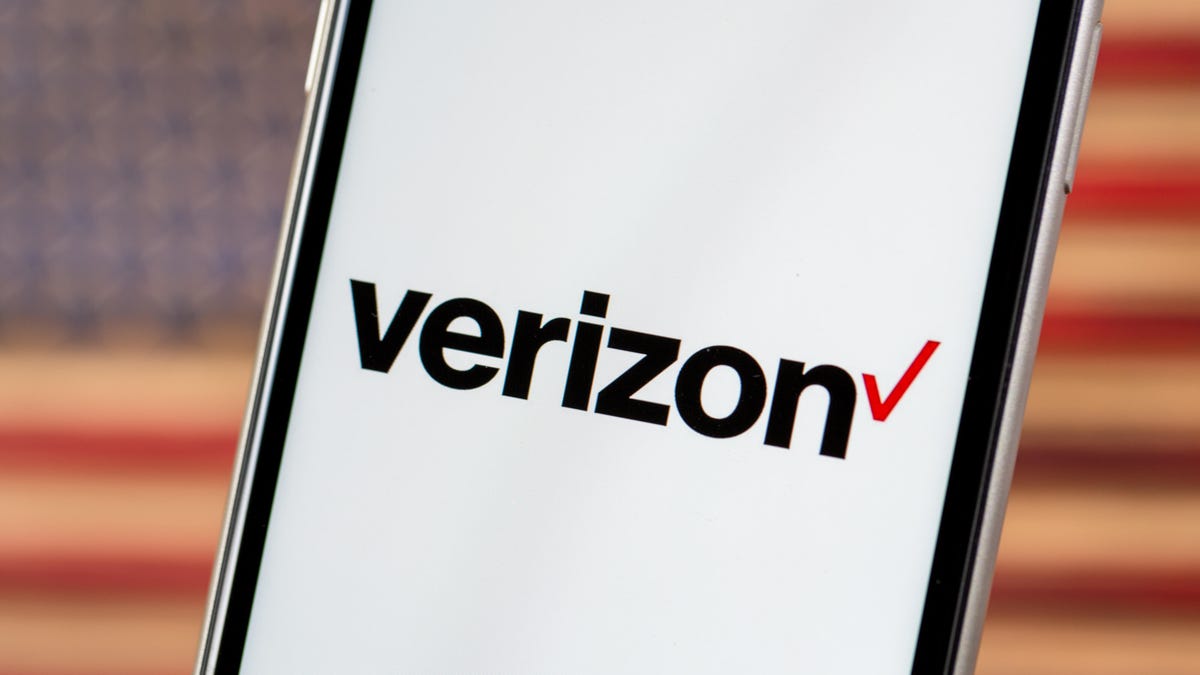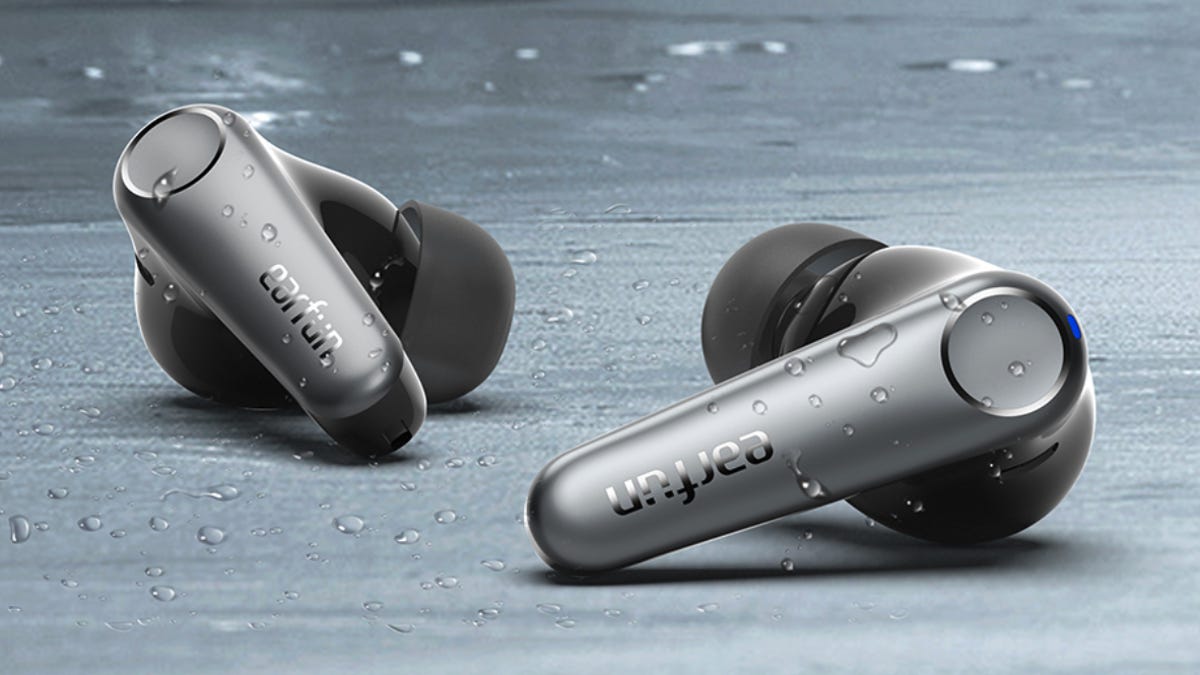The fantasy movies on HBO Max don’t get enough attention. The streaming service hosts some of the biggest fantasy franchises in history, including the entire Lord of the Rings trilogy. You’ll also find a selection of charming Studio Ghibli films, comic book blockbusters from DC, and much more. Whether you’re looking for mainstream hits or cult classics, you’ll find them on this streaming service.


Warner Bros.
Shazam! (2019)
One of DC’s most underrated superhero films, Shazam follows the teenage Billy Batson as he stumbles into an adult body and supernatural powers like the the strength of Hercules, the power of Zeus and more. Despite being easy fodder for childish jokes, this movie has one of the more emotional through lines of DC’s recent slate. The sequel comes out in March, so now’s a great time to rewatch or catch up.


Paramount Pictures
Stardust (2007)
An underrated pure fantasy flick based on Neil Gaiman’s book of the same name, Stardust conjures up a sprinkle of magic to transport you to the magical kingdom of Stormhold. Tristan (Charlie Cox) meets a fallen star in the form of a young woman (Claire Danes), helping her survive those hunting her.


Warner Bros.
Fantastic Beasts: The Secrets of Dumbledore (2022)
If you’ve been keeping up with the Fantastic Beasts series, you’ve probably noticed a dip in quality since the first entry. Now we’re up to the third, with the notable absence of Johnny Depp as big bad Gellert Grindelwald (Mads Mikkelsen took over the role). Maybe you chose not to head to a theater to catch this instalment — now’s the chance to see it at home on HBO Max.


Nightmare Alley (2021)
A Guillermo Del Toro tale with handsome production values, Nightmare Alley dabbles in the director’s dark fantasy preoccupations. Bradley Cooper stars as a carnival worker who rises up the ranks — at a dangerous cost. It never detonates full-blown fantasy, but the carnival setting, seances and and mysterious characters evoke a dark gothic magic.


Parisa Taghizadeh / Focus Features
Last Night in Soho (2021)
Shaun of the Dead director Edgar Wright dabbles in psychological horror, with several plunges into a young girl’s fantasy. Ellie (Thomasin McKenzie) is a young fashion student who travels to the Swinging Sixties at night. She observes the life of another young woman (Anya Taylor-Joy) aspiring to achieve her dreams. But Last Night in Soho is no Midnight in Paris — prepare for unsolved mysteries and a few ghoulish scares.


Video screenshot by Bonnie Burton/CNET
The Lord of the Rings trilogy (2001-2003)
The Lord of the Rings is a masterclass in adapting beloved books to screen and weaving multiple stories together into one cohesive narrative. All the fantasy tropes are here: elves, dwarves, wizards, orcs and more. But the Lord of the Rings elevates them to new heights with its sweeping cinematography, shockingly immersive costuming and powerful performances. To put it another way: This trilogy won 17 Academy Awards, including 11 wins on 11 nominations for Return of the King. If you’ve been holding out, now’s the time to watch, and if you’ve seen them before, there’s never a bad time for a rewatch — especially with Amazon’s Rings of Power series coming out in the fall.


Studio Ghibli
Spirited Away (2001)
This movie about transformation genuinely left me feeling transformed the first time I watched it. No other movie has affected me the way this one did. Arguably the best movie from a director responsible for many excellent movies, Spirited Away tells the story of Chihiro, a little girl who gets lost in a spirit world as her family moves across Japan. The animation is spectacular, and director Hayao Miyazaki’s careful pacing gives every character the perfect amount of time and space, delivering one of the most unique and compelling fantasy movies ever made.


Legendary Pictures
Godzilla (2014)
The 2014 reboot of the towering terror of Tokyo is underloved and underappreciated. No Godzilla movie before or since has done as much to sell the truly awesome scale of the monster. Yes, the movie takes a slow burn approach to revealing Godzilla, but the time it spends in the build-up makes the payoff that much sweeter. While some might not like the movie spending more time on the humans following Godzilla, those characters add emotional stakes to the carnage. You can also find the sequels King of the Monsters and Godzilla vs. Kong on HBO Max (along with the ’54 original), but this is Godzilla’s best showing.


Metro-Goldwyn-Mayer
The Wizard of Oz (1939)
A classic fantasy movie, The Wizard of Oz follows Dorothy as she’s transported out of Kansas into a land of witches, wizards, living scarecrows and more. Judy Garland shines in her most iconic role as the lost-but-determined Dorothy. It’s a great early film for kids, who will enjoy the colorful characters and musical numbers, and adults might appreciate a glimpse into how movies were made 80 years ago.


Video screenshot by Bonnie Burton/CNET
Hellboy (2004)
Part superhero action movie, part World War II alternate history, part fantasy film about a demon child, Hellboy defies easy categorization. But director Guillermo del Toro weaves it all together into a dark and entertaining story about a man fighting against his apparent destiny. Hellboy is a cult classic because it treats its characters seriously while remembering that movies are meant to be entertaining, and Ron Pearlman wearing filed-down demon horns while being overprotective of cats is nothing if not entertaining.


Studio Ghibli/GKids
Princess Mononoke (1997)
Princess Mononoke will scar you. It’s a violent, tragic movie that deals with the devastation of the natural world in the wake of industrialization. It’s also the most visceral, harrowing movie Miyazaki ever made. Giant wolves, violent boars and wriggling parasitic demons all play vital roles in the story, which features more violence and bloodshed than anything else in the Ghibli collection. That’s part of what makes Mononoke so great — it feels distinct from all of Miyazaki’s other movies, thanks to its unflinching look at themes of fear, violence and fighting to protect the things that matter to us.


Studio Ghibli/GKids
The Secret World of Arrietty (2010)
Studio Ghibli is often synonymous with Miyazaki, but this film is proof the studio is perfectly capable of making good movies with other directors. An adaptation of Mary Norton’s book The Borrowers, Arrietty focuses on a young girl from a race of tiny humans who “borrow” things like tissue paper and cubes of sugar to survive. It’s a sweet little story about growing up, helping others and facing the uncertainty of the future.


Studio Ghibli/GKids
Kiki’s Delivery Service (1989)
Oh, you thought we were done with the Miyazaki movies? Any of them are worth a watch (Totoro, Howl’s Moving Castle and Nausicaa are additional highlights), but Kiki’s Delivery Service holds a special place in my heart for how authentic it feels, even as a fantasy movie. Kiki is a bright, warm-hearted young witch, and as she ventures out on her own for the first time, she must learn to grapple with her powers, her feelings and her dreams all at once. It’s a powerful story, sometimes painful in how accurately it portrays Kiki’s struggles, but it’s an uplifting tale for kids and adults alike.
















